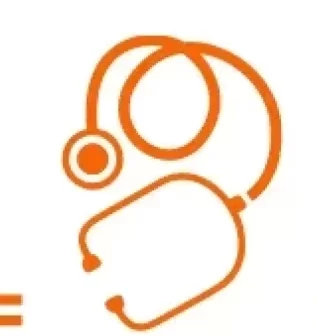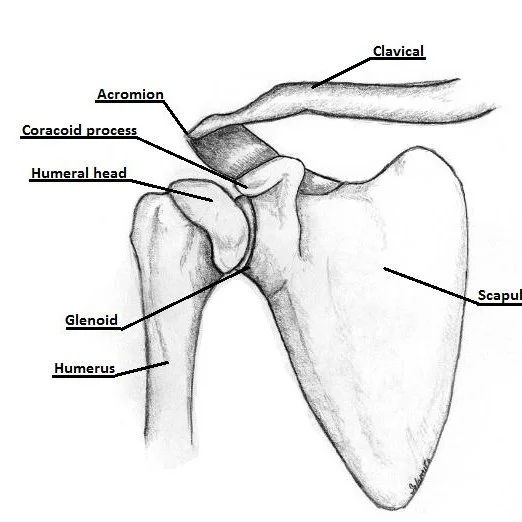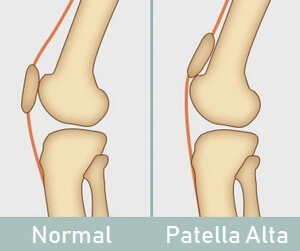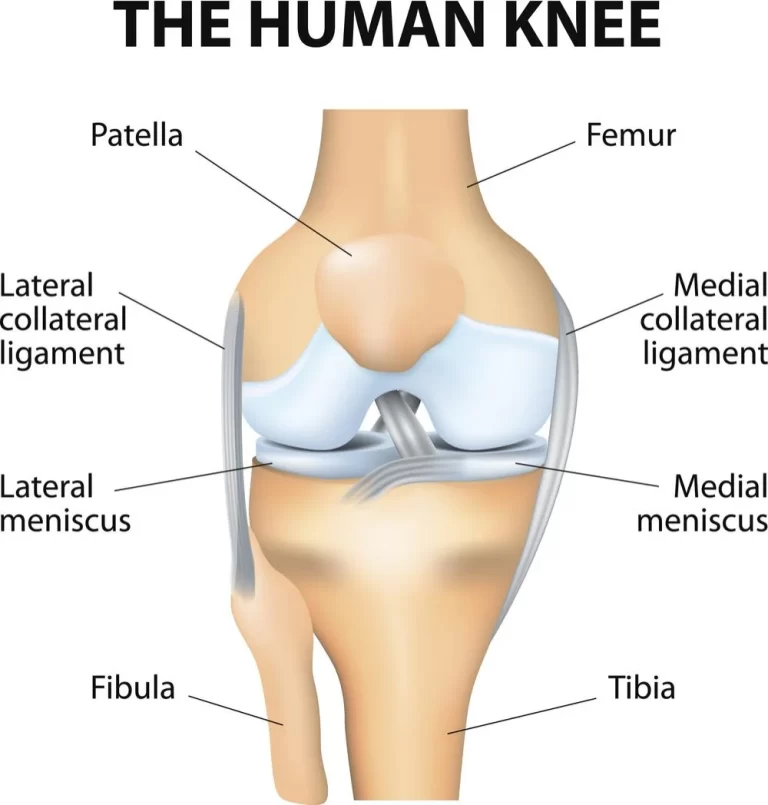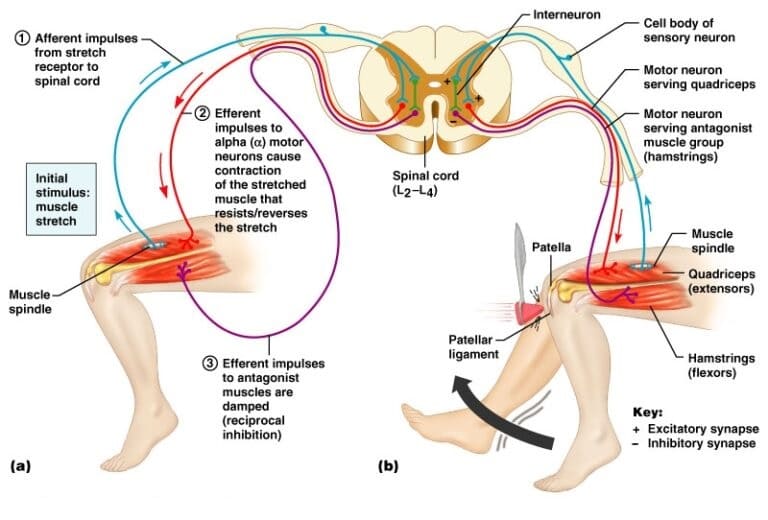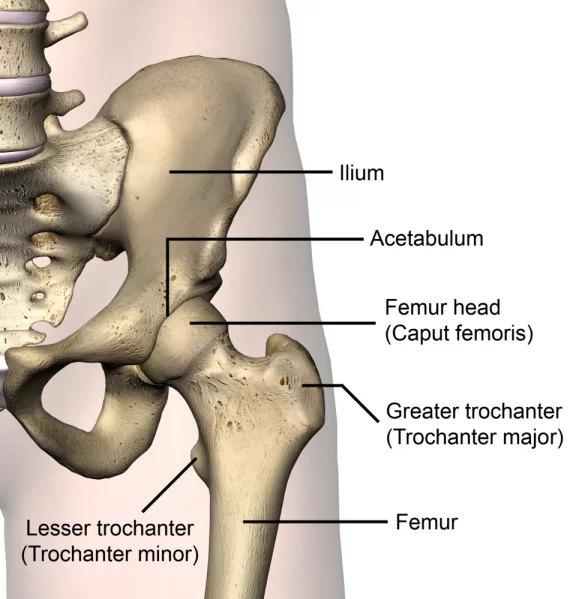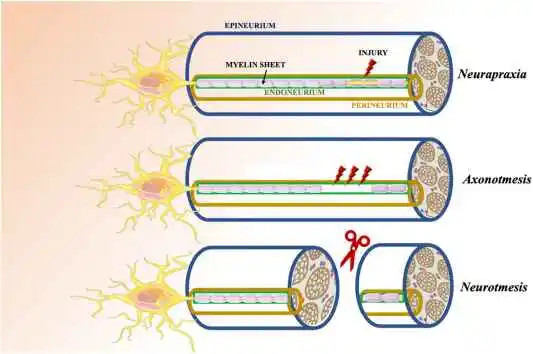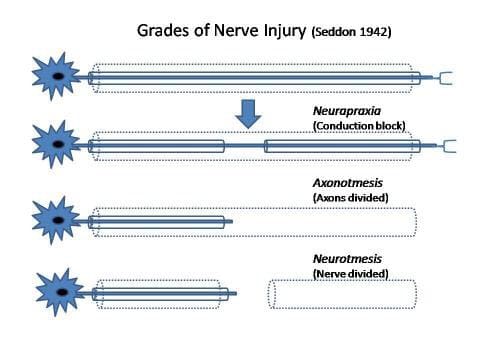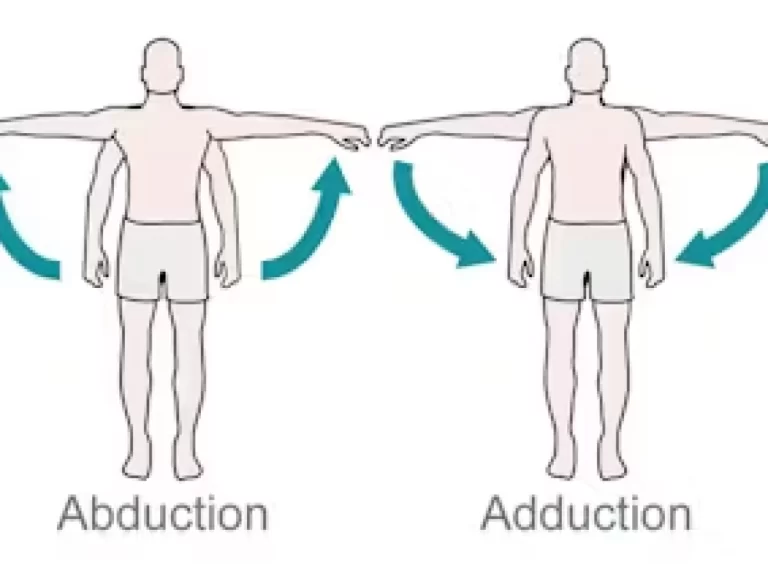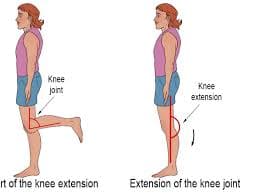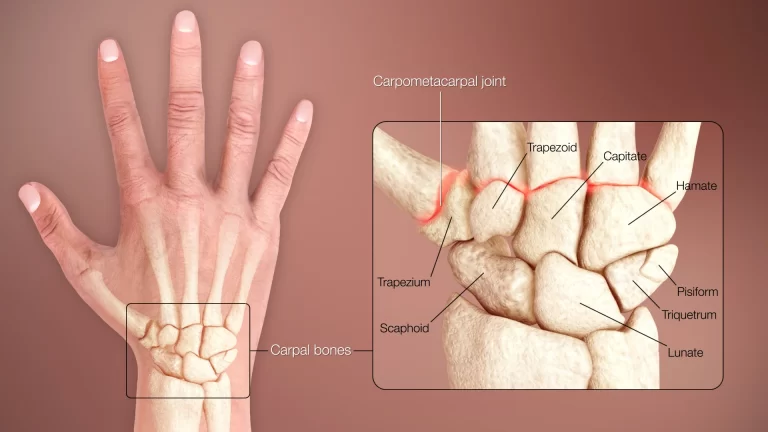Shoulder Joint
The shoulder joint, also known as the glenohumeral joint, is a ball-and-socket joint that involves the humerus (upper arm bone) and the scapula (shoulder blade). It is one of the most mobile joints in the human body, allowing for a wide range of movements such as flexion, extension, abduction, adduction, rotation, and circumduction. Introduction The glenohumeral joint, which is situated in the shoulder, can move in a wide variety of ways….
